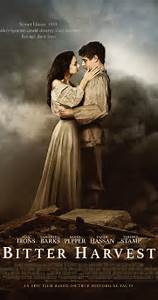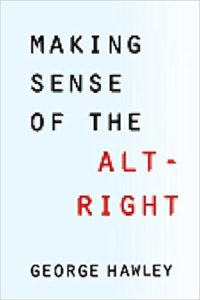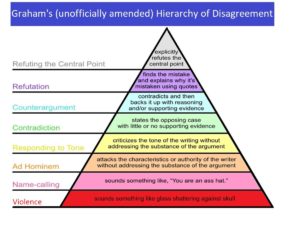Bitter Harvest: A Brilliant Film on the Ukrainian Holodomor
“This particular film was extremely important to me, and it felt almost like a mission. I wanted to bring knowledge about the famine genocide, the Holodomor, to the Western world, and that’s why I did it.”
Ian Ihnatowycz, Bitter Harvest Producer
 Bitter Harvest (2017) is a film inspired by the love and rediscovery of the writer Richard Bachynsky Hoover’s ethnic heritage. On a trip to the homeland of his Slavic ancestors he began to ruminate on how to capture the story of the Holodomor on film. With small acting parts in a variety of television series Bachynsky Hoover was learning the ropes of the film and entertainment industry. He went again to Kiev, investigating his family history. It was 2004 and the Orange Revolution was in full swing — he saw firsthand a Ukraine in the midst of upheaval. He learned that Western audiences had never seen the Holodomor dramatized on film — a dramatically different situation compared to that other genocide that has become a touchstone of Western Civilization and both a sword and a shield for Jewish and Israeli interests through endless promotion in the media. In 2008 he would return with a script, seeking financing for an English language period piece set during the Holodomor. He met with officials from the Ukrainian Government as well as various oligarchs. All of them turned him down. It was not until 2011 that the dream to make his movie finally caught a glimmer of hope when fellow Ukrainian Canadian investor Ian Ihnatowycz committed $21 million to the film.
Bitter Harvest (2017) is a film inspired by the love and rediscovery of the writer Richard Bachynsky Hoover’s ethnic heritage. On a trip to the homeland of his Slavic ancestors he began to ruminate on how to capture the story of the Holodomor on film. With small acting parts in a variety of television series Bachynsky Hoover was learning the ropes of the film and entertainment industry. He went again to Kiev, investigating his family history. It was 2004 and the Orange Revolution was in full swing — he saw firsthand a Ukraine in the midst of upheaval. He learned that Western audiences had never seen the Holodomor dramatized on film — a dramatically different situation compared to that other genocide that has become a touchstone of Western Civilization and both a sword and a shield for Jewish and Israeli interests through endless promotion in the media. In 2008 he would return with a script, seeking financing for an English language period piece set during the Holodomor. He met with officials from the Ukrainian Government as well as various oligarchs. All of them turned him down. It was not until 2011 that the dream to make his movie finally caught a glimmer of hope when fellow Ukrainian Canadian investor Ian Ihnatowycz committed $21 million to the film.
British actors Max Irons and Samantha Barks star as Yuri and Natalka, two childhood sweethearts from the same village. They marry young and soon their lives are thrown into the whirlwind of revolution and resistance that comes with annexation of the Ukraine by the Soviet Union and eventual famine by way of grain confiscation. Barry Pepper and Terence Stamp are crucial to the supporting cast as Yuri’s family. Pepper sports the classic Cossack khokol (also called oseledets in the Ukraine) haircut — a long lock of hair on the top or front of an otherwise completely shaven head. Tamer Hassan, an English actor of Turkish Cypriot descent, takes the role of the real life villain Sergei, a Soviet officer who enforced Stalin’s will with relentless brutality. Hassan is the only non-White cast member, and may in fact be the only non-White member of the film crew. With the exception of a few stunts the entirety of the film was shot in Ukraine with Ukrainian extras and crew — some of whom took part in the Euromaidan protests during their off hours while shooting from late 2013 to early 2014. In several interviews and promotional appearances for the film much of the cast — but most significantly Max Irons — expressed a slight sense of shame over their prior ignorance of the Holodomor and the need to raise awareness of this historical tragedy. Read more



 Making Sense of The Alt-Right
Making Sense of The Alt-Right



